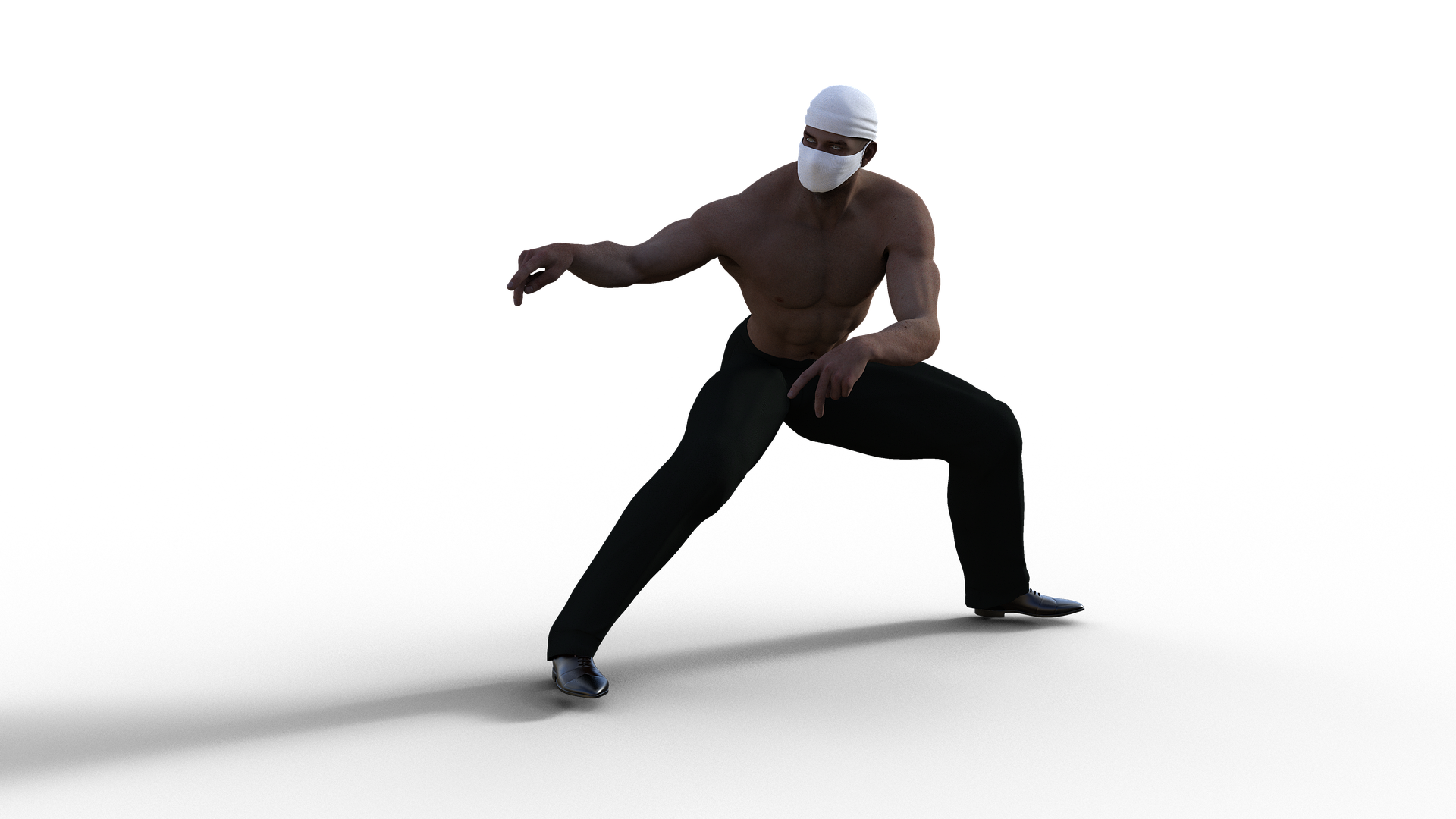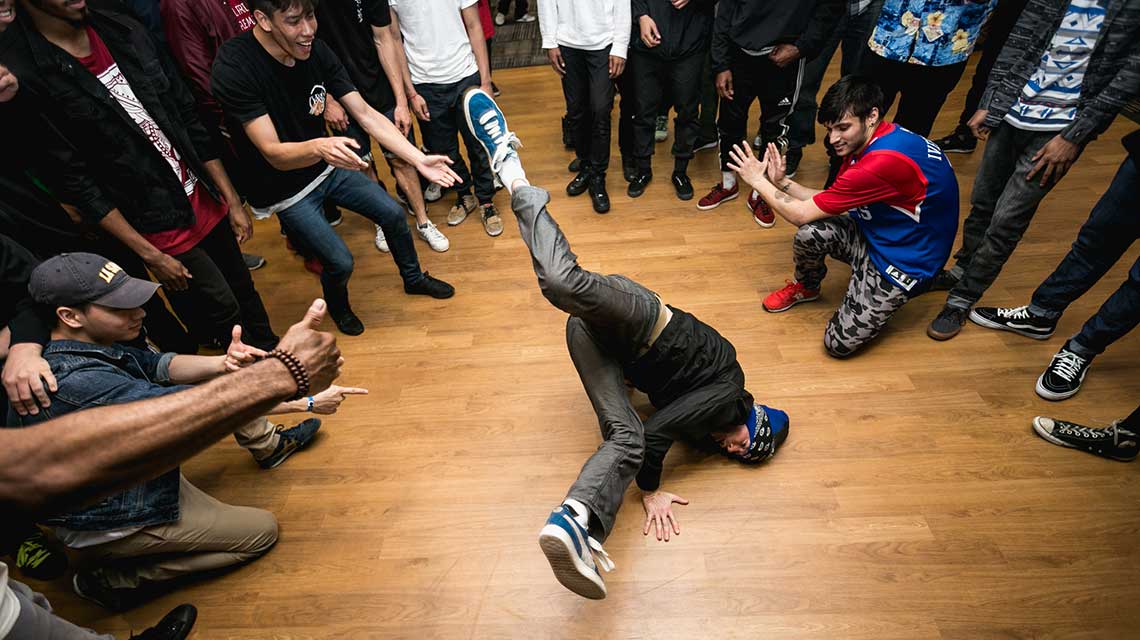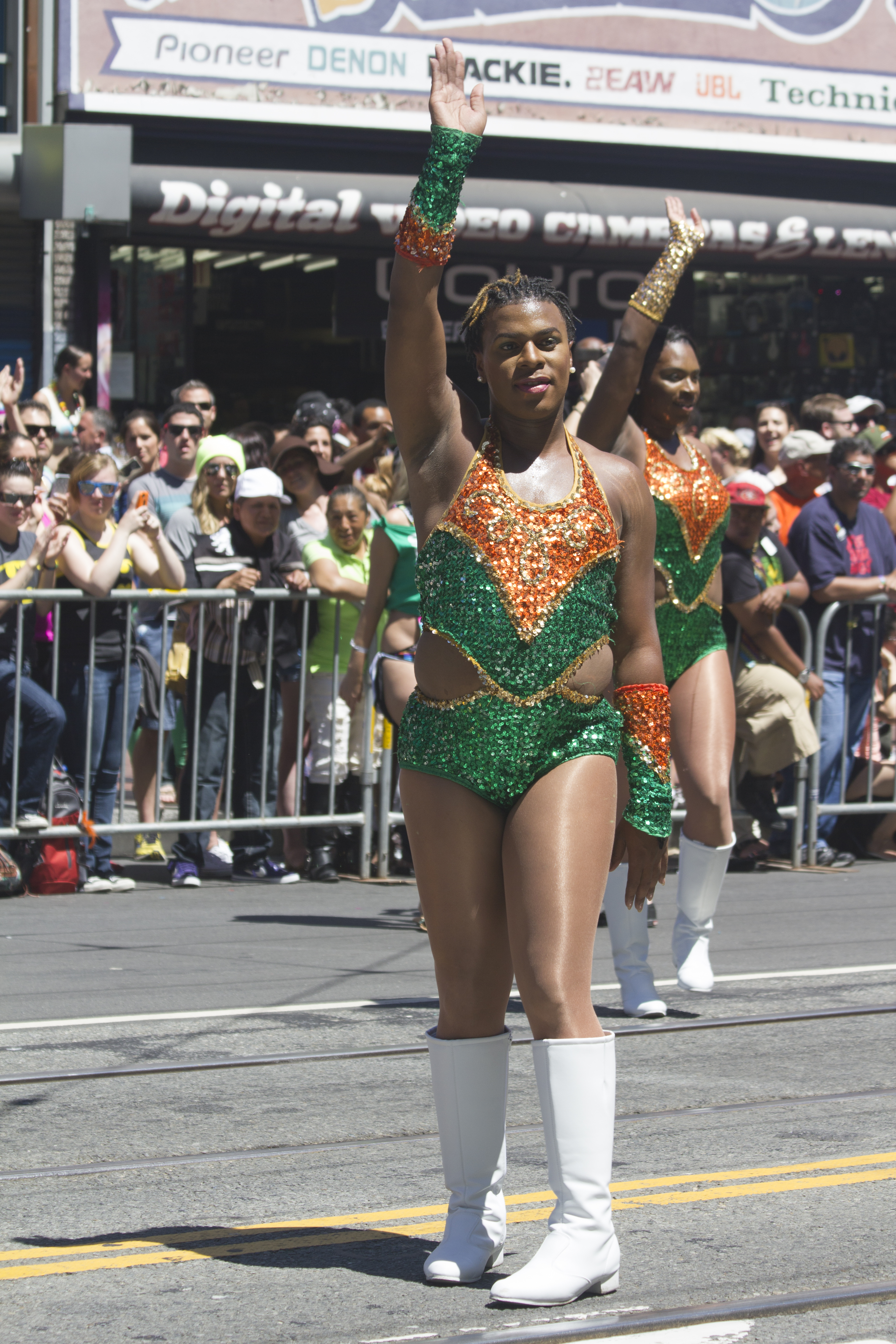In this blog I seek to open up questions about the process of researching and writing about popular dances. In particular, I encourage the reader to {re}consider the role of the writer, the personal, and the associated paradigms of authority, objectivity, authenticity, inclusion and exclusion that are often evoked in writings, and writings about writings, about such matters.
So, I ask, who can write about popular dances? Who has the authority? Who is inside, or outside, enough? Who is excluded by “others’” writings about popular dances?
These questions are prominent in my mind as I think about the ethnographic practices that I have used in my own research, and the writing about fieldwork practice that informed my fieldwork design. In Tess Buckland’s Dance in the Field (1999), Georgiana Gore discusses the representations of dance practices that are constructed through the ethnographic lens. She reminds us that the term ‘fieldwork’ denotes an activity that takes place in a particular space and time, and, that such space has historically been constituted as somewhere other than the researcher’s ‘home’. In more current times there has been a sea change, where new ethnographies realise the value of insider experience.
How to interpret the concept of ‘home’ troubles me, particularly when I sense the authority that proximity now bestows on a writer. Writing from a position of ‘home’ is, in some cases, seen as the most ‘authentic’ version (even though the idea of authenticity is recognised as problematic). This way of thinking establishes divisive dichotomies between those are who are ‘in’ and those who are ‘out’ (I write this on the eve of the U.K., E.U. referendum!). I’m reminded of William Eric Perkins words in the preface to Droppin’ Science: Critical Essays on Rap Music and Hip Hop Culture where he asserts his own and his co-writers’ authority, ‘we don’t merely study this world, we’re in it and of it’ (1996, p.xi). This statement uses difference to set up a {familiar} divide between ‘insiders’ and ‘outsiders’, {is this a new Other?}. When similar statements are made in dance scholarship, such claims of ownership and authority are often prompted {and validated} by the historical invisibilization of the contribution of marginalized dancers and choreographers from dance history.
Then, for some, is the act of writing about popular dances an act of recuperation?
Does a status of ‘outsider’ mean that a researcher has reduced authority in writing about contemporary subcultural dance practices (even if they undertake rigorous, extended fieldwork)?
What does this mean for our academic careers, where we might move from studying one popular dance practice that is close to us, to another that is new?
I greatly value the contribution of writers who are already part of a subculture or dance movement, for they are able to contribute significant knowledge from an ‘insider’s’ perspective. But, let us not make divisions between who can, and who cannot, write about popular dance practices. Surely, we are stronger together…
Dr. Joanna Hall, Kingston University, London.



